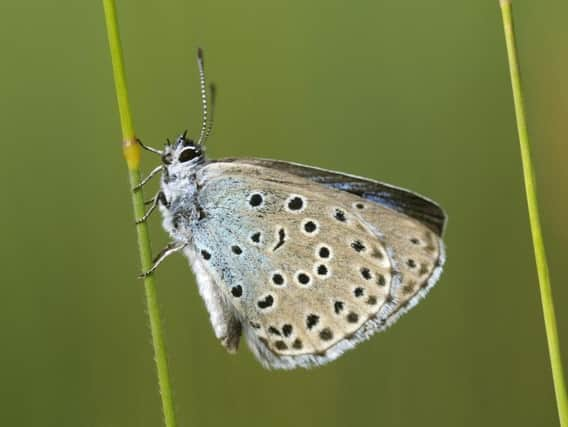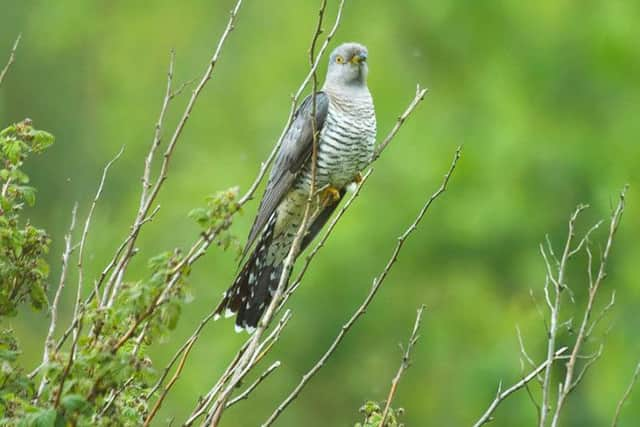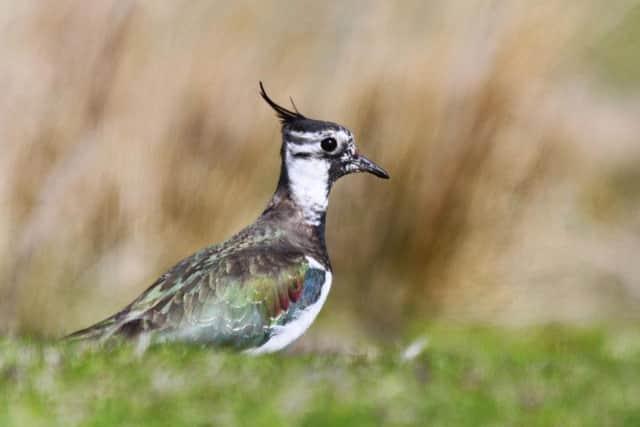National Trust reveals huge plans to save species such as cuckoos and water voles


Important and threatened habitats such as lowland meadows, woodlands, hedgerows and field margins, will be created or restored across a tenth of the landowner's 250,000 hectares (620,000 acres).
The plans also aim to ensure half of all Trust farmland is nature-friendly by 2025 to put nature, which "has been squeezed out to the margins", back in the heart of the countryside.
Advertisement
Hide AdAdvertisement
Hide AdA major "State Of Nature" study last year found more than half (56%) of studied land and freshwater species in the UK were in decline.


Peter Nixon, the Trust's director of land, landscape and nature, said: "Nature has been squeezed out to the margins for far too long. We want to help bring it back to the heart of our countryside.
"Birds such as the lapwing, cuckoo, and curlew are part of the fabric of our rural heritage. But they've disappeared from many parts of the countryside.
"We want to see them return to the fields, woods and meadows again, along with other wildlife which was once common and is now rare."
Advertisement
Hide AdAdvertisement
Hide AdThe National Trust is working across England, Wales and Northern Ireland to protect species from large blue butterflies to mountain hares, smooth snakes and bluebells on its land.


Many of the Trust's 1,500 tenant farms are already run in a way that benefits wildlife, and the organisation insisted farming remained vital to its approach to countryside management.
The Trust said it would work in partnership with its farmers to deliver wildlife-rich, productive landscapes - which will require support for sustainable farming.
Mr Nixon said the future of farming and the environment were "inextricably linked" and they wanted both to thrive.
Advertisement
Hide AdAdvertisement
Hide AdLast year the Trust called for measures to fix the "broken" subsidies system after Brexit, with taxpayer money going to pay farmers to deliver environmental benefits.


Under the new plans, planting more hedgerows to act as "wildlife corridors" for birds, bats and mammals, establishing more lowland meadows and creating wetlands where appropriate, will all be considered with tenants.
Steps could also include removing invasive species, restoring rivers, adapting farming practices to improve the condition of habitats, enlarging existing areas of habitat and joining up landscapes so wildlife can move through them.
If successful, efforts to create 25,000 hectares (62,000 acres) of new habitat would meet 12.5% of the Environment Department's overall national target for 200,000 hectares of new important habitats by 2020.
Advertisement
Hide AdAdvertisement
Hide AdEnvironment Secretary Andrea Leadsom said: "The National Trust has always been synonymous with our beautiful countryside, and I welcome plans to create thousands of hectares of new habitat for some of our most important species."


George Dunn, chief executive of the Tenant Farmers Association, said: "Farm tenants will be heartened by the National Trust's clearly expressed position that good environmental management in the countryside cannot be divorced from the achievement of productive and sustainable farming."